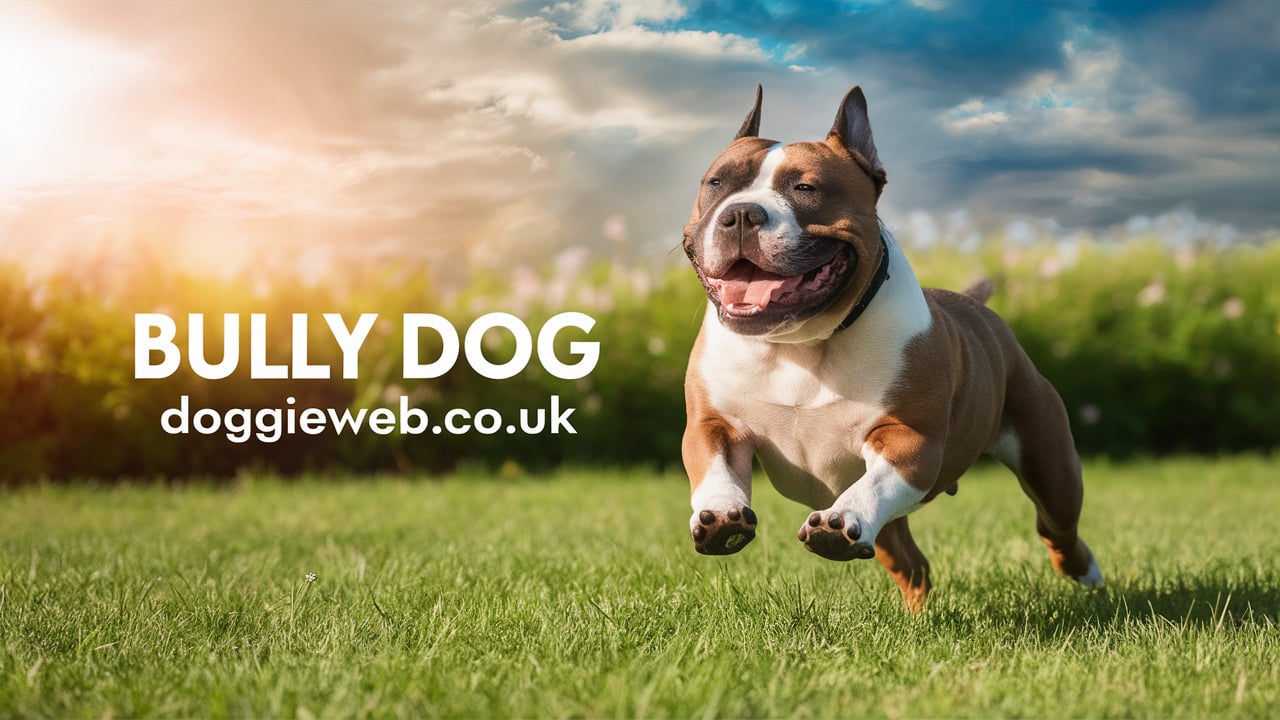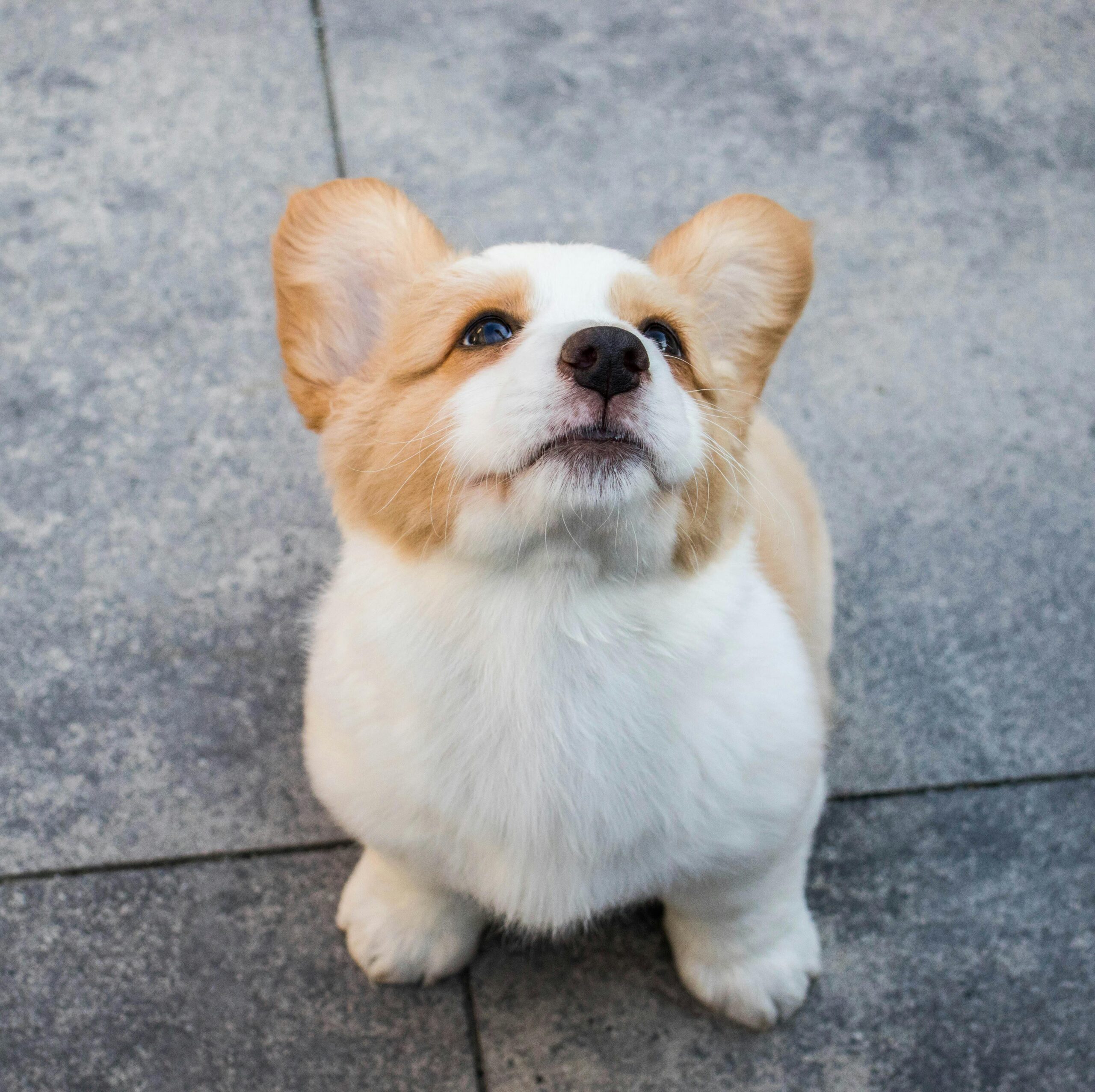Introduction
The Bully Dog is popular because of its certain unique features and character that speaks positively or negatively. This piece of writing looks into these aspects: the history, appearance and care and challenges of a Bully Dog. Broadly speaking, we aim for a better understanding of this peculiar breed.
The History of the Bully Dog
Bully Dog has a very interesting and long history. The source of the breed is the British Isles but it was initially intended for another cruel sport type of bull baiting where dogs attacked a bull. Luckily, that sport lost its popularity and the emphasis of the breed became that of the companion and protector. In the same way, due to the tireless work of breeders, new types of Bully’s Dogs began to appear.
Physical Characteristics
One of the most prominent characteristics that stand out among the Bully Dog breed is their well muscled. These responsible canine companions are famous for their bulky and wide shoulders, strong legs and robust frame. While they may seem scary and all, most of them are sweet and gentle to their loved ones. The coat is usually short and comes in different colors apart from the normal colors; it is neatly centered on the breed and those include the brindle, white color, dark color and blue color.
Temperament and Behavior
Before buying the given breed of the Bully Dog, it is important that each potential owner is aware of the features of a certain breed. Such dogs are devoted and caring, characteristics that have a leaning towards the furry protective side of them. They are mostly brave and self-assured, descriptions that largely contribute to their success as the guardian dogs. It is important to note though that their fierce temperance may sometimes be misinterpreted as that of being aggressive. Once socialization and training are enforced on such puppies while still in their formative years, they will become respectful and obedient.

Training And Socialization
Training a Bully Dog takes time and consistency. But due to their intelligence, they are capable of learning new tricks and understanding commands in no time. However, they can also be quite headstrong. It is advisable to use positive reinforcement mechanisms such as praise and treats with this breed. The other equally important aspect is socialization since it familiarizes the dog’s Bully to different places, people and animals. A Bully Dog that has been well-socialized is unlikely to manifest any fear or aggression.
Health Considerations
Health wise, like any other breed, the Bully Dog has certain health concerns to be addressed. Among patients of this breed some of the common health problems are hip dysplasy and some skin diseases related buing overweight and problems with the short muzzle. They need to have routine vet visits, be on a healthy regime, and get sufficient exercise. In addition to that, being so understanding of the breed’s common health problems will help the owners manage to take good care of the dogs.
Exercise & Activity Levels.
Bully’s Dogs is a bunch of very active dogs and requires a lot of exercises for them to stay a healthy and a happy lot. Daily walks, play time and even some activities that will engage them mentally is necessary in avoiding boredom and its resultant behavioral problems. They may have bulky bodies however, they are very flexible and are fond of different activities including but not limited to agility and fetch. Having a balanced mix of physical and mental activity is vital for their health.
Grooming Plans.
It is not too complex to groom a Bully Dog because its hair is short and so overall maintenance is low. They should be combed periodically to keep the hair tidy and the date in bathe are hot normal times. More adhered areas include the teeth, ears and the nails. Their teeth and ears also need to be maintained to avoid infections and problems related to the teeth. Nails do have to be clipped from time to time to promote more relaxation and movement to the ones that wear long fingernails.
Living Conditions.
The Bully dog has no problems living in any house be it a villa or a simple shared building. However, since these animals are quite big and have a lot of energy, they need houses in which they have enough physical activity. A fenced garden is an added advantage since it helps to keep them contained when exercising. They also enjoy living in houses from where the owners pay them a lot of attention and time.
Interaction with Other Pets and Children
Bully’s Dogs, once exposed well to social situations, can live comfortably with other pets and children. They tend to be very protective, which is a useful trait because kids at home are usually treated with extra care. It is, however, advised to take caution when there are smaller animals around. When bringing in new pets to a Bully Dog, there should be gradual adjustment to avoid aggression.
Common Misconceptions
There are a few Bully Dog myths that need to be dispelled. One of them is the view that those dogs are mean from the outset. While their build may provoke ordinary shy people, they are pretty loving and well-behaved whenever raised in the normal household with the children. Another myth about them is that they are demanding pets. Brush this off because this has been proved to be untrue. They have little grooming chores to handle and also very reasonable exercising needs.
Selecting a Good Breeder
It’s important to select an ideal breeder when buying a Bully Dog. Owners of a Bully Dog should always seek out breeders who are focused on the health of their dogs and are open about the nature and the issues that come with the breed. Going to the facilities of the breeder, seeing the puppy’s parents and getting references are some ways in which one can learn more about the quality of the breeding programme.

Adoption and Rescue
If you would also like to add a Bully Dog in your family, there are many rescue groups offering this breed for adoption. Adopting a dog who is looking for a home is quite fulfilling and gives a companion the chance to be loved once again. Adoption agencies generally can give a dog’s owners few useful details about the pet too, so the moving into new residences will not be so stressing.
The Role of Bully’s Dogs in Popular Culture Conclusion
A more interesting fact is that Bully’s Dogs tend to appear in popular culture and Bully’s Dogs tend to also have significant roles in Art, Television, Film and various commercial Advertisements. Images such as the Bully Dog always feature such calm and fierce looks plus fidelity which explains why most creators prefer to work on characters lines. Images such as The Guardians, The Protector and even The Trusted Companion always surround them in the movies and television which is quite an advantage to t pups’ popularity. Pictures of bully dog lovers showing them off on social networks are also responsible for notice of the Bully dog owner’s uniqueness because photos and videos are posted online more than simple text.
Working Attributes of the Bully Dog
Taking account the fact that Bully’s Dogs are primarily house dogs, they have also been employed for several working purposes. Bully’s Dogs’ nature complements that of dogs as their physical build is due to a dog’s purpose in sporting roles like search and law. Certain Bully’s Dogs may be trained for specialized activities, protection, and tracking as well as therapy. Outlooks such as theirodorantskilled dogs help in separate tasks which help their utilize this breed efficiently.
Constraints and Controversial Issues
Bully’s Dogs have a lot of positive features, yet for some reason, they seem to be mired in controversies. That is even when there are legislations found in certain places that seek to regulate the ownership of standing breeds and Bully’s Dogs and related breeds because of their perceived danger. This legislation has been known to result in limitations of or complete ban in ownership of such animals, most times owing to baseless fears of their behavior. Supporters of the breed feel that there is no need for such breed specific laws and it is the owners and training that address behavioral issues in the dog.
Bully Dog Needs As Perceptions towards Bully’s Dogs Grow
There is a reason to believe that people could picture Bully’s Dogs in a more constructive way if society shifts its opinion towards them. The actions taken by the breed’s advocates and good owners are focused on improving negative images and stereotypes. Education about the true character of the breed and fighting for just laws concerning the breed will be essential for Bullies in the years to come.
Consideration for Would be Owners
Before welcoming a Bully Dog to the family, it is essential to consider several factors. First, potential owners must be ready to invest enough time in training and orientation of the dog. Familiarization with the needs and peculiarities of the breed will make it possible to raise the dog appropriately and create ways to avoid conflicts. In other words, they should expect to meet the exercise and grooming and health needs of the dog breed they intend to acquire.

Community and Support
Belly Dog owners’ forums and associations provide the necessary backup in order to understand the breed. There are many help groups and websites that deal with this breed and help, guide and encourage group spirit. Such activities would enable the owners get updated about the proper practices, diseases and management and training of the dogs. Also, supporting people with a like passion to Bully’s Dogs would be a great source of encouragement.
Conclusion
The Bully Dog is a unique breed that requires effort but at the same time is rewarding. What one must consider is the breed’s history, its traits and the requirements for keeping it as a pet. With good handling and nurturing, a Bully Dog can become a great and faithful friend. From the physical impression or the adorable nature, a Bully Dog has a great deal to offer to the right owner.
Frequently Asked Questions about Bully’s Dogs
What is a Bully Dog?
A Bully Dog is a type of a dog that is stocky in nature and has fierce animal instincts that usually form a protective nature in them. This breed originated in the British Isles, and was bred for bull-baiting, and later became a pet and a protector.
What are the different kinds of Bully’s Dogs?
Bully dog is a versatile term since it accommodates several breeds hence some people use the term for American Bullies, Bull terrier and Staffordshire Bull terrier. They all have certain similarities in terms of family tree and bulkiness.
Are Bully’s Dogs friendly with kids?
Of course! Bully’s Dogs are very good with kids when their socialization and training are done correctly. They also tend to be warm and protective towards family members, hence making them great pets. However, it is advisable to keep an eye on them especially around small children.
How many walks does a Bully Dog require?
Bully’s Dogs are very active dogs and need plenty of exercise if they are to live a healthy life. Boredom, lack of physical activity, and playtime are rampant. Many of them are active and need activities that involve physical and mental exertion.
What does Bully Dog usually suffer from?
Some of the common health problems that Bully’s Dogs may suffer from include hip joint problems (Dysplasia), some skin ailments (Follicular dysplasia), as well as respiratory issues which stem from their broad heads. It is important for them to visit the veterinary and be fed healthy and well-balanced meals and cared for.










